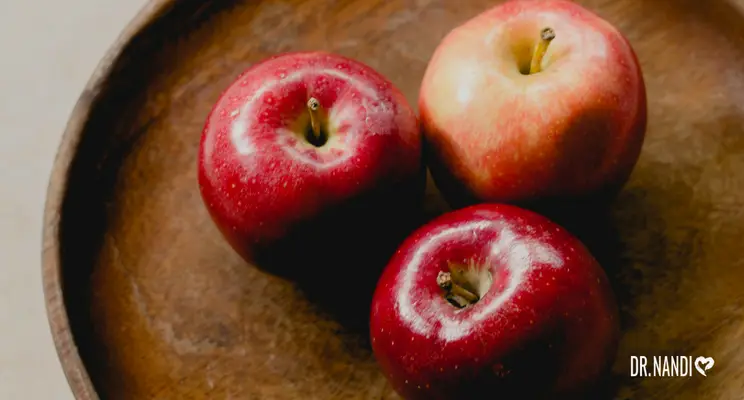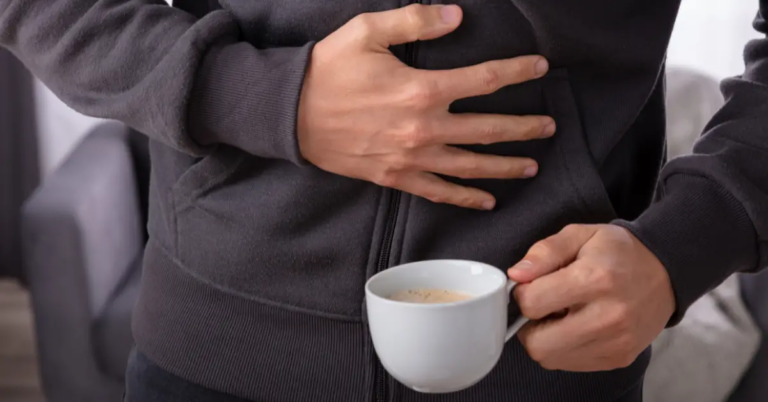Poop is one of the few topics that no one wants to discuss or look at. But let’s share a secret: You poop. The president poops. Dr. Nandi poops. Everybody poops. And it’s time to talk about it.
Your Health Indicator
More than anything else, poop gives you an idea of your internal health and how your body functions. It informs you when there’s something wrong and gives you apparent signs when you should seek medical help. However, not everyone looks at their poop, and just 27% of people do so every time. At Ask Dr. Nandi, we’re asking you to be your own health hero and start peeking in the pot before you flush.
The Size & Shape
Poop doesn’t always look the same, but there are a few things that signify it’s healthy. To understand the various appearances of poop, you need to know that 75 percent of poop is water. The rest is a balance of fiber, live and dead bacteria, random cells, and mucus. If there’s too much mucus, it may signify Irritable Bowel Syndrome, colitis, infection, or certain types of cancers.
A healthy stool is sausage-shaped and ranges from a few inches to 18 inches in length and one to two inches in diameter. It can be smooth and soft or lumpy and cracked, but as long as it comes out in one “S”-shaped piece, mostly uniform, and without too much pushing, you’re good. If your stool is often pencil or ribbon-thin, it could signify colorectal polyps or cancer.
Poop that comes out in little balls and makes you strained or pasty and hard to wipe off is a sign that something’s not right. It could be as simple as being dehydrated, a lack of fiber, or it may be a sign of something more serious.
The Color of Poop
Poop varies in color from white to black, but the healthiest number of twos is medium to light brown. If you’re getting colors you’re not used to seeing in the toilet, here’s what your poop may be trying to tell you.
Red: Could signify bleeding in the GI tract or be associated with hemorrhoids
Black: Could be from bleeding in the upper GI
Gray: Could indicate a lack of bile or liver issues
White: Could be a sign of fat malabsorption or pancreatic cancer
Yellow: Could signify Gilbert’s Syndrome or gallbladder issues
Partha’s Rx
- Get the majority of your fiber from vegetables, not grains
- Eat naturally fermented foods, such as pickles and sauerkraut, to increase intestinal flora
- Stay hydrated by drinking half your body weight in ounces of water a day
- Eat whole foods and avoid artificial sugars, fructose, and other processed chemicals
- If bowel trouble continues, eliminate gluten from your diet



















